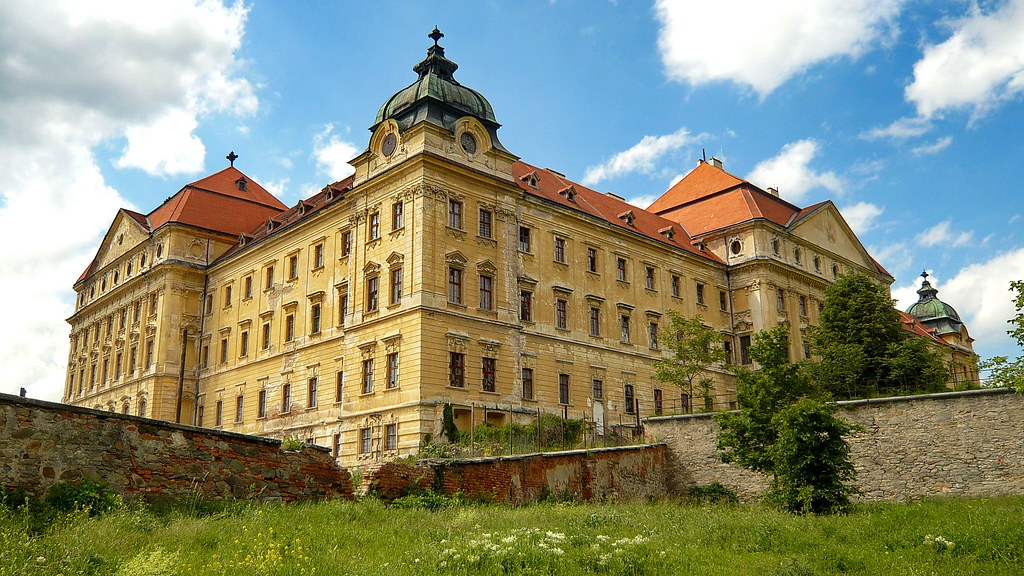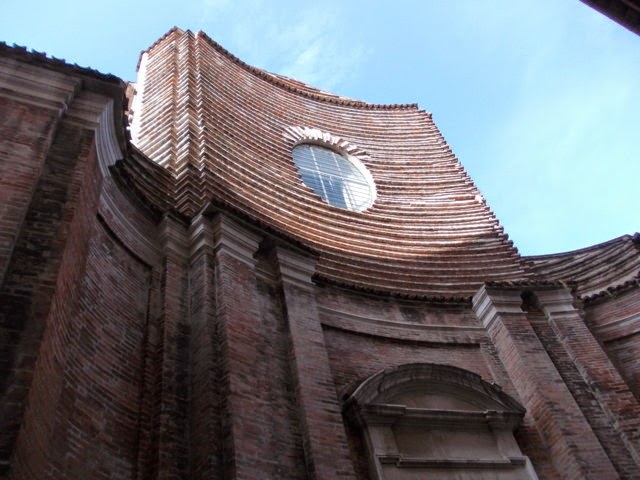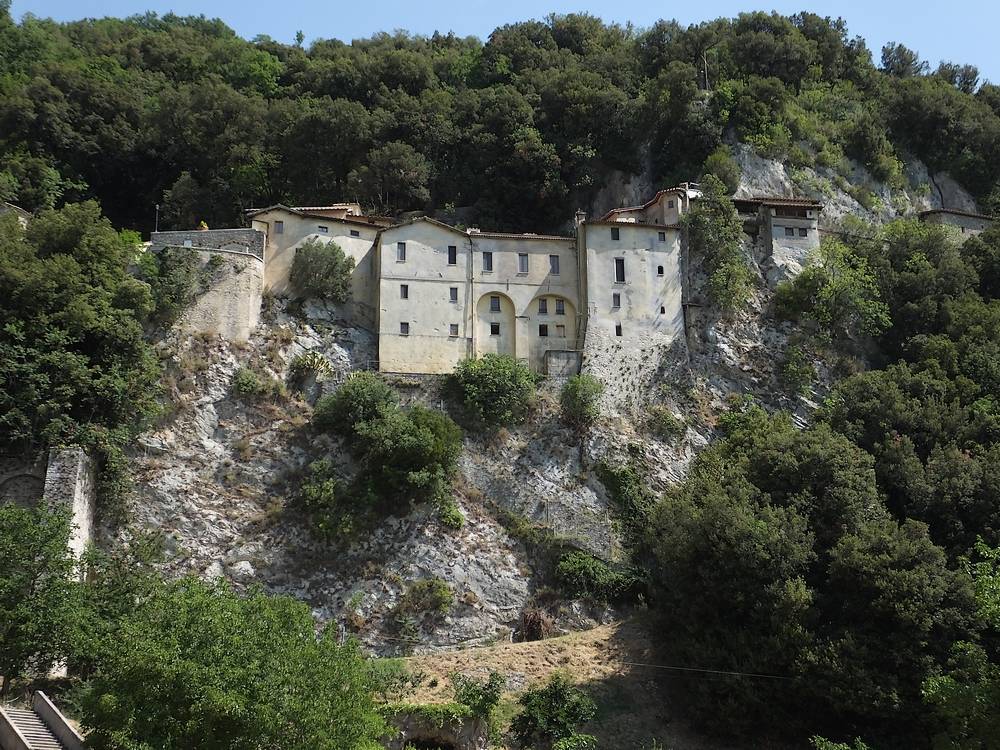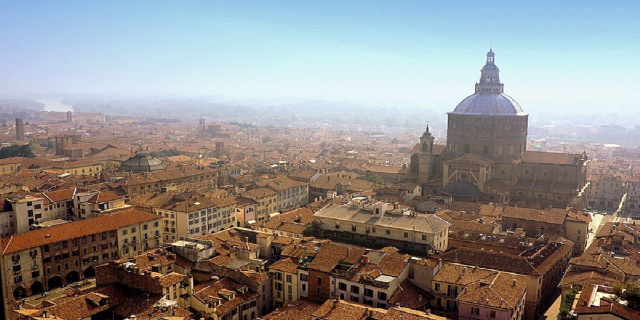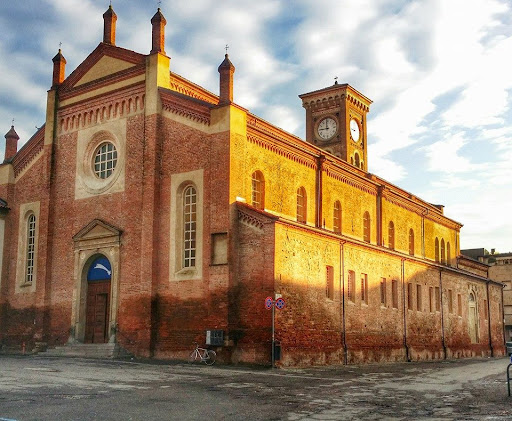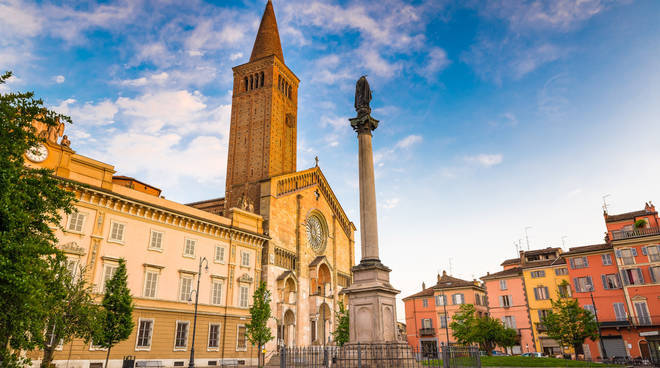Louka Monastery is one of the most significant monastery complexes in Central Europe, founded in 1190 in Louka by Znojmo appanage duke Konrad Ota with his mother, was up to 1784, when it was abolished, the centre of the artistic, economic and spiritual life of the Znojmo region. The Premonstratensians considerably had merit in the development and enhancement of the local viticulture. The company Znovín Znojmo continued on with the historical wine-growing traditions and thanks to them the monumental Baroque complex has started to come back to life again.
The mighty buildings of the Premonstratensian monastery Louka bear witness to the rich history of one of the most powerful abbeys of Moravia and Lower Austria. The monastery was founded by Conrad II Otto, Duke of Bohemia and Margrave of Moravia, and his mother Mary in 1190, and very soon it acquired the biggest land property far and wide. Economic interests of the abbey and the royal city of Znojmo very often clashed. The monastery precincts, situated not far from the strategic ford over the Dyje River, have gone through complex architectural development over the centuries. The oldest, Late Romanesque and Early Gothic, layer can still be seen in the cloister. Prevailing, however, is the Late Baroque layer: supervised by the Lower-Austrian principal architect F. A. Pilgram, massive and expensive construction work began in 1748 which was to lead to the erection of a brand-new monastery in the ideal disposition of the biblical Solomon’s Temple. The design was very similar to another construction project which was growing at that time at Göttweig near Krems above the Danube, eighty kilometres to the south-west. After Pilgram’s death in 1761, construction work at Louka was continued by Franz de Paula Anton Hillebrandt, Empress Maria Theresa’s architect. The most remarkable place within the new monastery was the Bibliotheca Hall in the southern wing, whose exact copy can be now seen in the Strahov Abbey in Prague today. The ceiling fresco was painted by F. A. Maulbertsch, one of the most prominent artists of that time in Central Europe. In 1784 the Louka Abbey was closed down by Emperor Joseph II. The magnificent Baroque construction was only one third finished .
